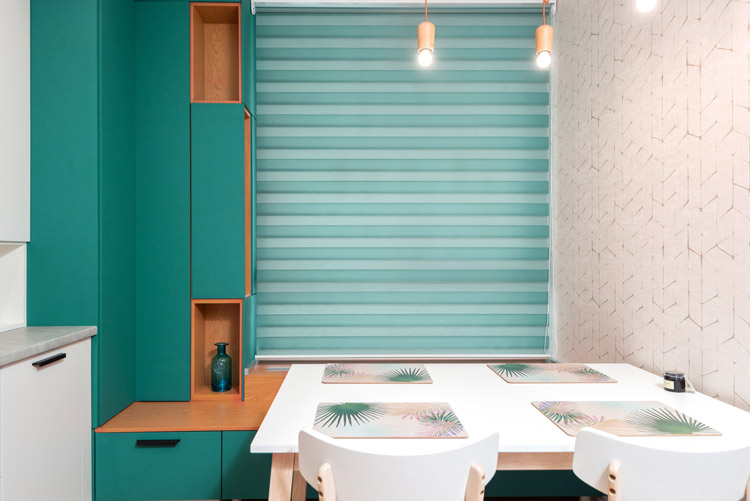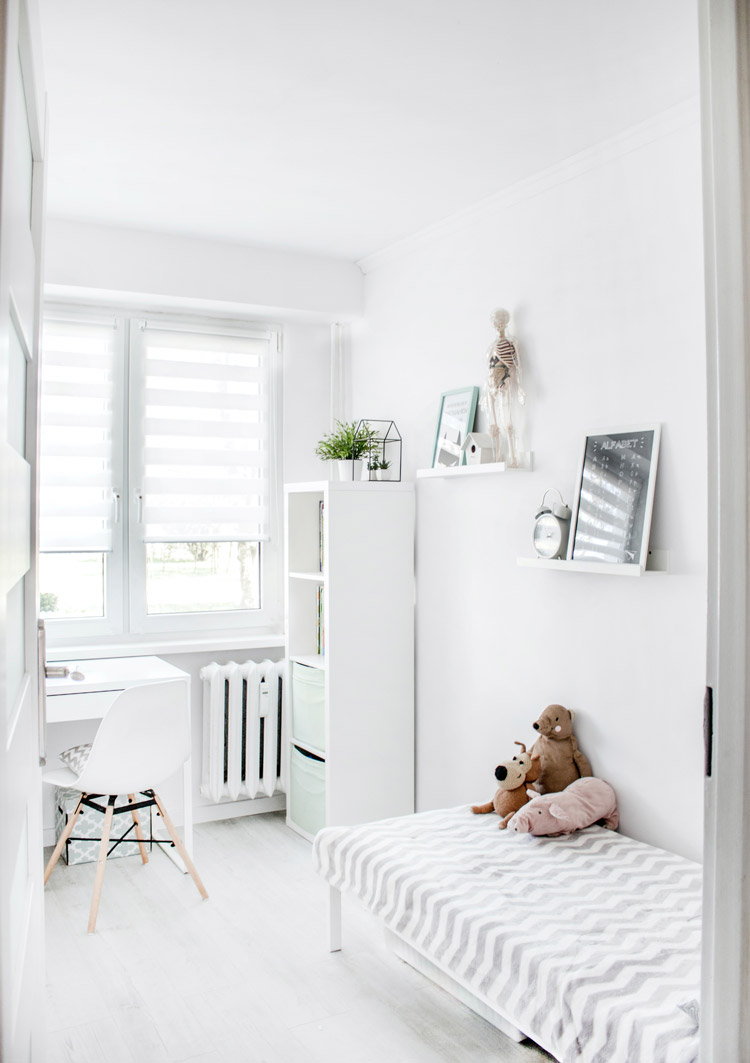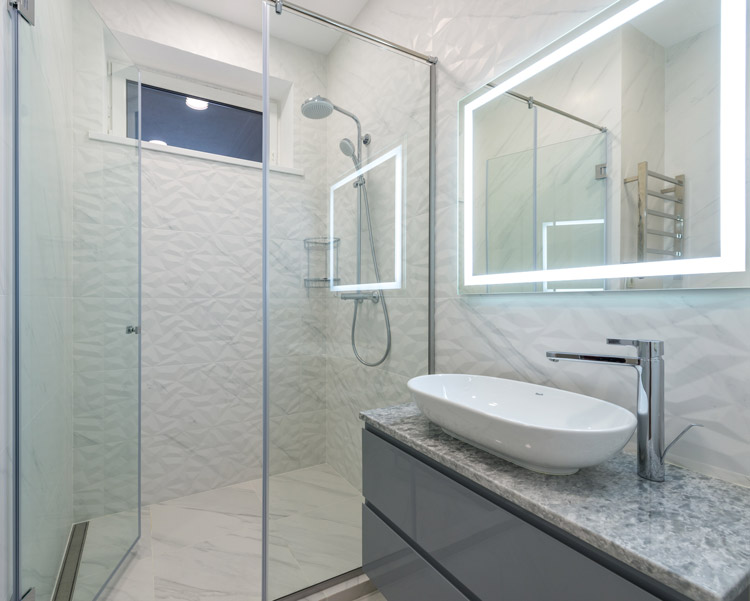
Oftentimes, when decorating a home, we don’t think a lot about the whole lighting charade. All we care about is the design itself, which for us means the color of the walls, the accent on the color palette we use, the furniture, putting less or putting too much, etc. But as a matter of fact, lighting is actually one of the most important factors we consider when designing our home. The right lighting for a specific place creates a pattern that beautifies and intensifies the design of your home. It has the ability to suggest the mood of a living space, and even changes the perception of size. For example, you walk into two different restaurants. One is brightly lit with white chandeliers, while the other looks more industrial, and a little warmer. You can easily suggest that the first restaurant offers a vibrant and outgoing vibe, where people can buffet or eat seafood. While the latter suggests a calmer ambiance, more intimate, and may even feel fancier, like that of fine dining. When designing your home space, it is important to consider the lighting, so you are sure that it will go well with the vibe you are trying to bring into the room. If you have no idea yet how to choose the right lighting, here’s a list made for you:
Accent Lighting

Accent lighting adds drama to a room by creating visual interest. Also called highlighting, this type of lighting emphasizes objects by focusing light directly on them. Points of visual interest can be created by highlighting artwork, fireplaces, plants, textured walls, or architectural details. However, overuse can create a space that appears to be disorganized or cluttered. According to The Interior Design’s blog, “as part of an interior design scheme, it is used to draw the eye to house-plants, paintings, sculptures and other prized possessions. It can also be used to highlight the texture of a brick or stone wall, window treatments, or outdoor landscaping.” The technique in this type of lighting is properly locating directional fixtures or bulbs, fixing them close to the subject they illuminate. Somehow, this style creates a dramatic ambiance or puts the subject under the spotlight. To be effective, accent lighting requires at least three times as much light on the focal point as the general lighting surrounding it.
Ambient lighting

Typically called as general lighting, ambient lighting serves as the primary source of light for a certain room, providing overall illumination. It radiates a comfortable level of brightness without glare and allows you to see and walk about safely. Also, apart from its basic lighting functionality, ambient lighting improves the sense of warmth and depth of a room or space. Based on Modern Place’s article, ambient lighting “can be accomplished by using basic lighting fixtures such as chandeliers, track lights, recessed lights, and wall or ceiling-mounted lighting fixtures.” Ambient lighting can be used in various ways and can be styled in different ways too depending on the use of the room. In the laundry room, for example, ambient lighting is also used as the task lighting.
Now, what is task lighting?
Task lighting

As the name itself suggests, task lighting helps you perform specific tasks like grooming, reading, writing, preparing and cooking food, doing homework, working on hobbies, playing games and balancing your checkbook, and others as it provides an increased lighting level or intensity. Task lighting is especially useful for seeing small objects or objects of low contrast. For example, a person who is sewing would need extra light to easily see fine details. Desk lamps are an example of task lighting, but you can add this type of lighting to other areas of your home as well. You can install them across your bedpost, or even on top of the sink. Aside from its additional light, it also helps elevate style and aesthetic.




